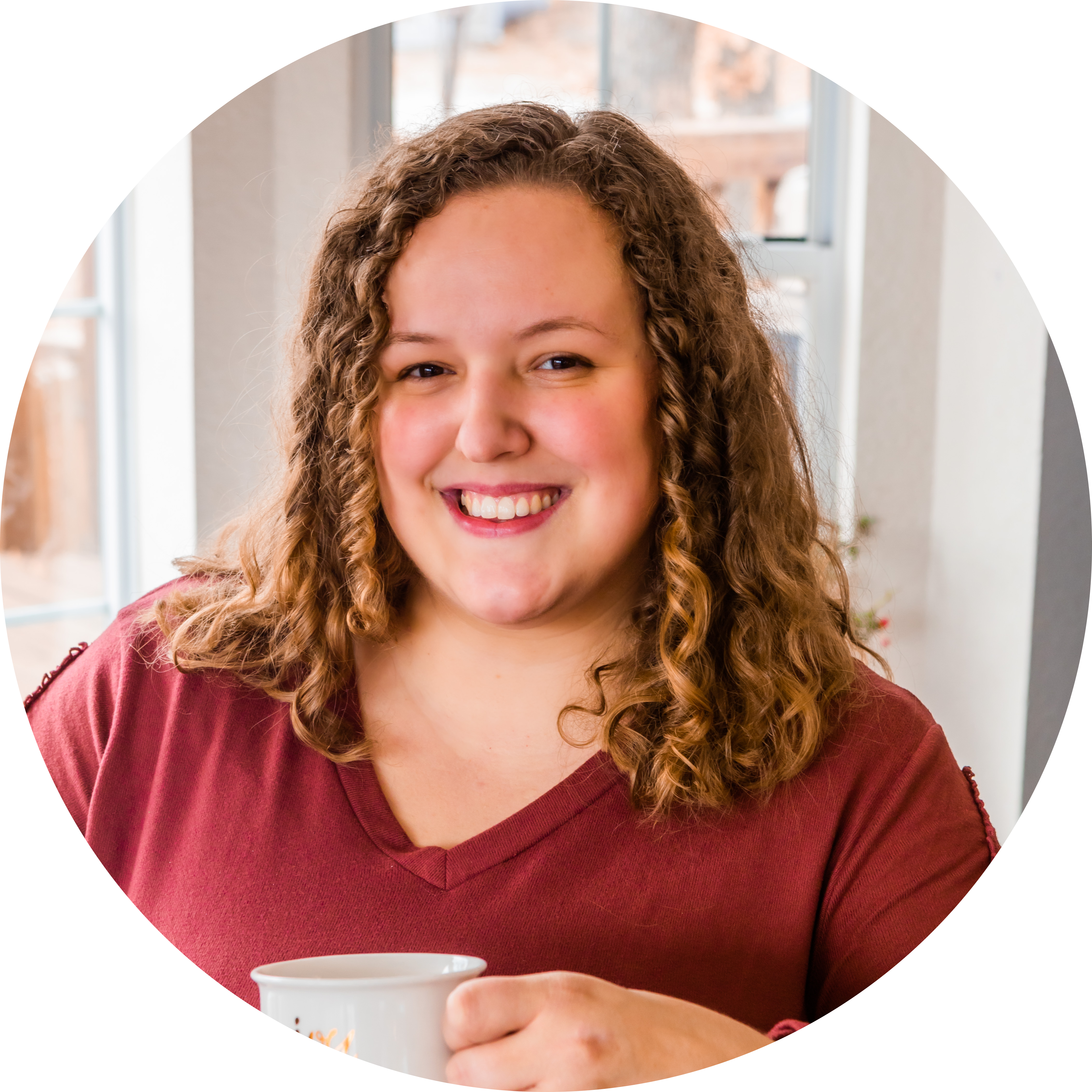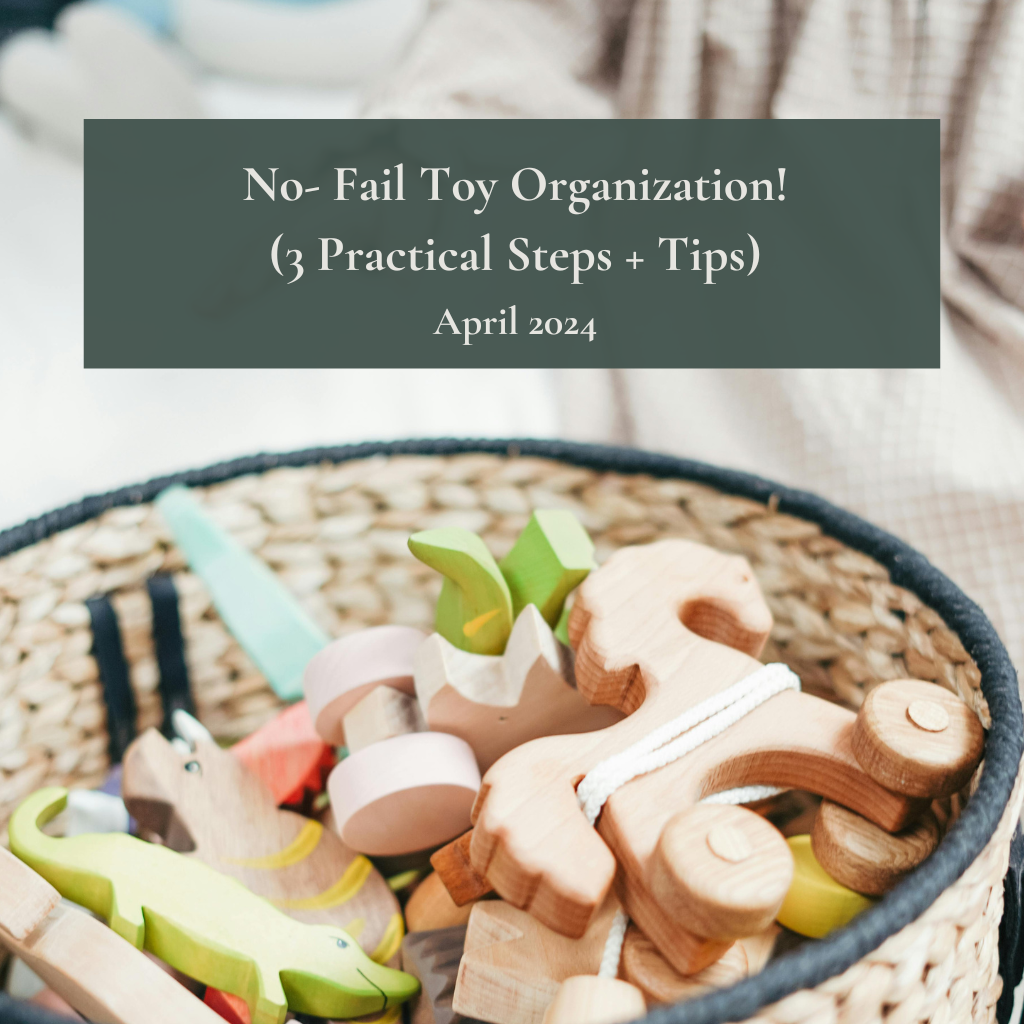
Hannah DeForest
Tidy Home and School Room Organization Consulting, LLC.
Thanks for reading this post! I hope you found it helpful. I love helping families enjoy their homes and find success in their homeschooling. I’ve found that blending traditional organization services with personal coaching helps empower my clients to live organized long after we’ve completed their projects. Here’s to achieving our goals!

